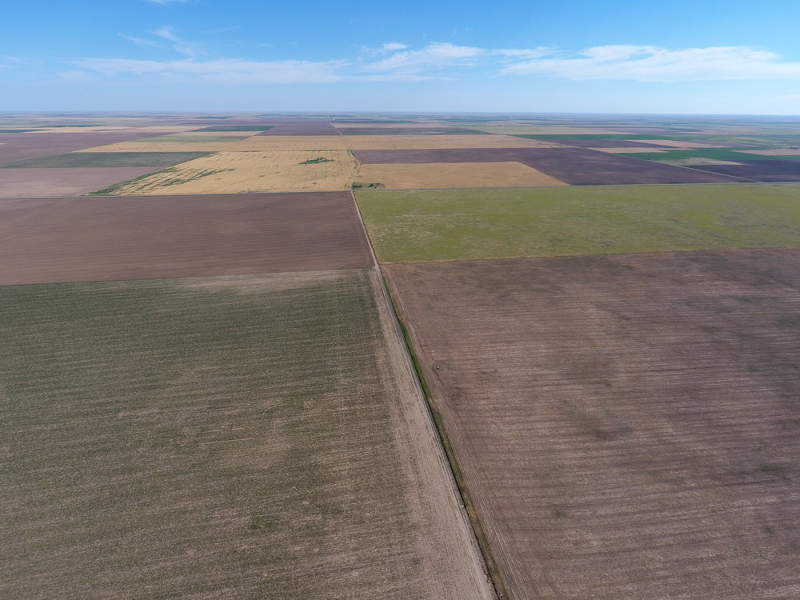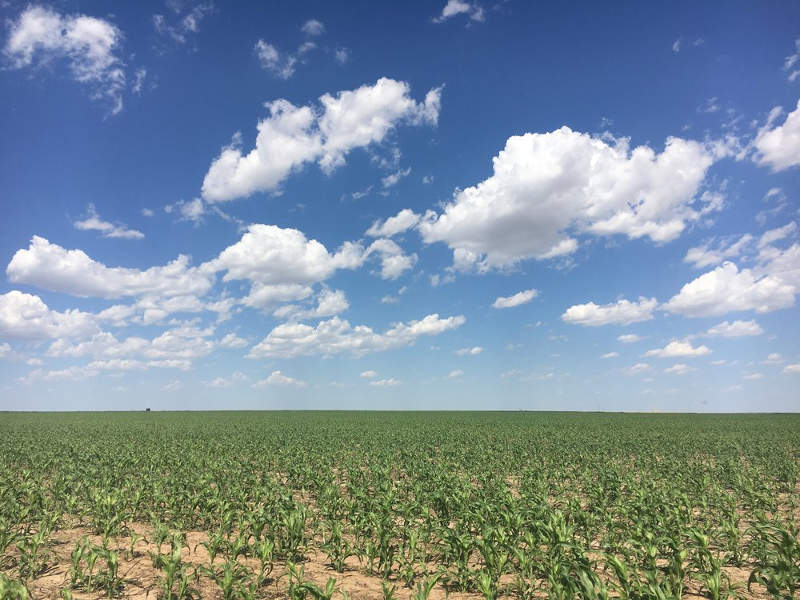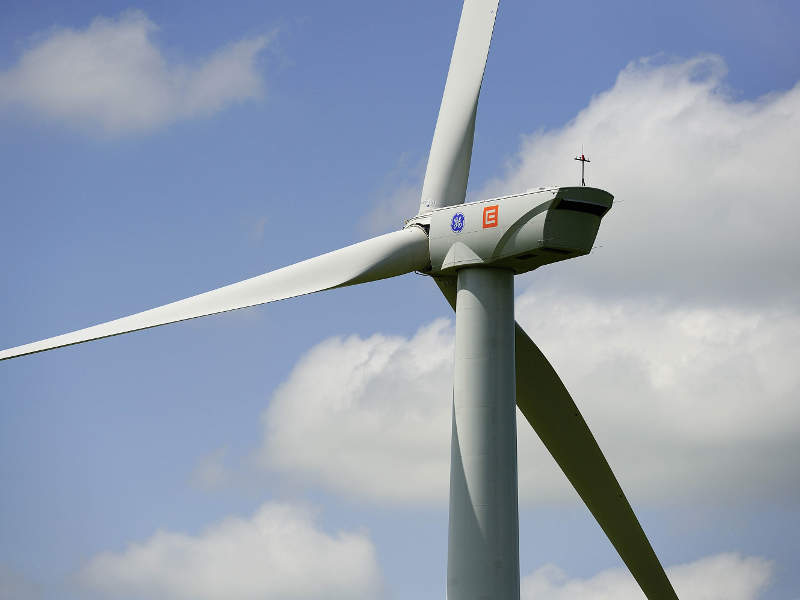The 2GW Wind Catcher wind farm in Oklahoma is set to be the biggest wind farm in the US and the second biggest in the world when it is completed. It is being developed by Invenergy in association with General Electric (GE), as part of the $4.5bn renewable project Wind Catcher Energy Connection, which also includes the construction of a dedicated generation tie-line.
Construction of the Wind Catcher project began in 2016, while operations were expected to be started by mid-2020. The electricity generated by the wind farm is expected to be sufficient to supply more than 1.1 million customers in the south and central US.
Two American Electric Power (AEP) subsidiaries, Public Service of Oklahoma (PSO) and Southwestern Electric Power (SWEPCO), will acquire the facility from Invenergy upon completion of the construction, although Invenergy will operate the facility for the first five years.
SWEPCO will own 70% of the project and receive 1,400MW from the project, while PSO will own the remaining stake and is entitled to 600MW.
Wind Catcher wind farm make-up
The wind farm will extend over approximately 300,000 acres in Cimarron and Texas Counties, Oklahoma, leaving 98% to 99% of the site for agricultural use. It will be equipped with 800 GE 2.5MW turbines, which are designed to operate for IEC class II and class III.
The 2.5MW wind turbines have a rotor diameter of 100m and blades measuring 48.7m-long each. The turbines are available in 50Hz and 60Hz frequency modules.
The turbines are equipped with an advanced WindSCADA control system for better supervision and control. GE offers the turbines with optional features, such as enhanced reactive power, voltage ride thru and power factor control, which help in the efficient transmission of power to the grid.
The machine heads and hubs of the turbines are planned to be manufactured in the US, along with the additional components, which will be manufactured in Louisiana, Arkansas, Texas and Oklahoma.
Apart from supplying turbines for the Wind Catcher facility, GE Renewable Energy will also provide its Digital Wind Farm solutions technology as part of its expanded service agreements.
The Digital Wind Farm solution is a comprehensive hardware and software solution based on the Predix software platform, which helps collect, visualise and analyse unit and site-level data that can be used to identify the turbines’ performance.
Details of the Wind Catcher Tie Line
The Wind Catcher project will also include the construction of two new substations, one at the plant site and one at Tulsa, in addition to a dedicated 765kV power line, which will be approximately 350 miles long and run from Oklahoma Panhandle to Tulsa.
The tie line will supply energy from the wind farm to AEP’s customers in Arkansas, Louisiana, Oklahoma and Texas. Its construction is expected to begin in the second half of 2018 and be completed in late-2020.
Contractors involved
AEP awarded the engineering, procurement and construction (EPC) contract for the Wind Catcher Generation Tie Line (Wind Catcher Tie Line) to Quanta Services, a company based in the US.
Benefits of the Wind Catcher project
The Wind Catcher project is expected to help SWEPCO in achieving its target of 2GW of renewable energy production by 2034, as set in the company’s Integrated Resource Plan. Contribution from renewable energy within SWEPCO’s energy resource mix is anticipated to increase from 9% to 29% upon completion of the Wind Catcher project.
The project is expected to create approximately 4,000 direct and 4,400 indirect jobs a year during the construction phase and 80 permanent jobs upon start of operations.
The local communities are expected to be benefited by up to $300m in property taxes over the life of the project. The project is also expected to provide a cost savings of $5bn to the customers of SEPCO and $2bn for PSO customers over a period of 25 years.






